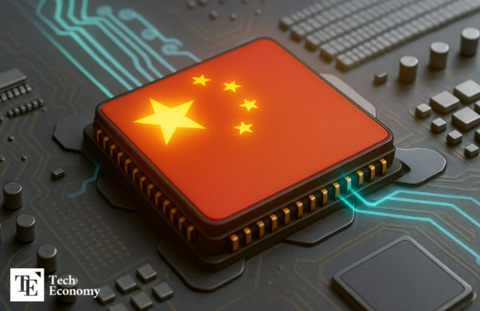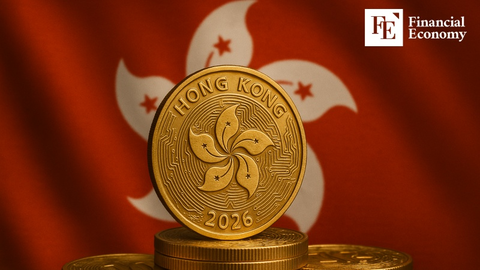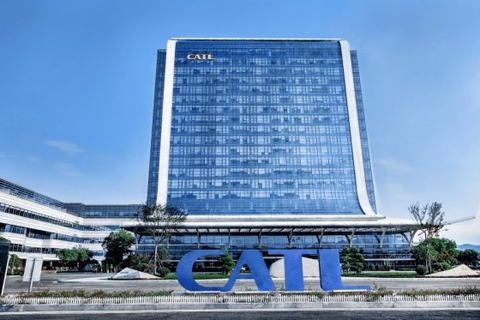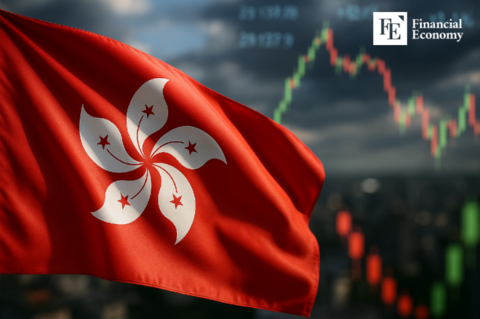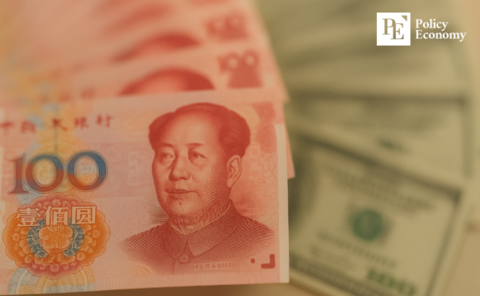Input
Changed
Exchange rate control remains in Beijing’s hands, not the market
Scars from the 2015 surprise devaluation linger
Despite reforms, the yuan’s global standing remains stagnant

China’s exchange rate regime has taken root as a market-based “managed float,” according to recent assessments, with the yuan’s value now partly determined by market forces and allowed to fluctuate within a broader range. Yet the structure still concentrates decision-making power in the People’s Bank of China (PBOC), and global trust shattered by a sudden devaluation years ago has been slow to recover. This lack of transparency in exchange rate policy, coupled with regulatory risks from Beijing, continues to hold back the yuan’s internationalization.
A “Halfway Liberalization” of the Managed Float
On August 12, the South China Morning Post quoted Ding Shuang, chief economist at Standard Chartered Bank, as saying, “In the past, when the yuan came under intense depreciation pressure, China’s central bank burned through nearly USD 1 trillion of its foreign reserves to prop up the currency. Since then, China’s exchange rate management toolkit has become much more diverse, reducing direct reliance on reserves.” He argued that China’s managed float is now more market-oriented, making another sharp plunge in the yuan’s value unlikely.
Market perceptions, however, tell a different story. While Beijing officially operates a managed floating exchange rate system, in practice the yuan still behaves like a tightly controlled peg due to heavy intervention by the PBOC. China shifted from a rigid peg to a managed float in 2010, citing a commitment to opening its currency market and promoting internationalization. In reality, the central bank still sets the daily midpoint rate and allows the currency to move only within a prescribed band. Outwardly, the regime accommodates some market volatility; in substance, it remains government-directed.
The choice of a managed float reflects Beijing’s longstanding policy priorities: stabilizing the foreign exchange market and preserving export competitiveness. In a fully floating system, exchange rates respond freely to supply and demand; under China’s model, the PBOC ultimately dictates the range of movement. This arrangement gives exporters a predictable currency environment but exposes foreign investors to unpredictable policy risks.
The possibility that exchange rate decisions can be swayed by political, rather than market, considerations has long been a major obstacle to the yuan’s global role. If the currency does not move in line with market logic, it is far less likely to be adopted as a settlement currency in global trade and investment. This is why China’s exchange rate regime is often seen as only “half-liberalized” in global financial circles.
The Devaluation That Exposed Policy Limits
A decisive blow to the yuan’s international credibility came a decade ago, when the PBOC abruptly devalued the currency. On August 11, 2015, the central bank cut the yuan’s daily midpoint by 1.9%. Additional cuts over the following two days left the yuan 4.4% weaker in just three trading sessions — the steepest adjustment in two decades. Global foreign exchange markets reeled, with Asian equities and commodity prices tumbling in tandem.
Behind the surprise move was China’s export-driven growth model. At the time, manufacturing was under strain from slowing global demand, and a stronger yuan was seen as deepening the slump. Beijing’s intervention had immediate short-term effects: export prices became more competitive, the manufacturing sector saw brighter prospects for recovery, and some industries quickly reported higher order volumes.
But the gains were fleeting. Confidence in the yuan eroded sharply, and overseas investors avoided the currency for fear of asset depreciation and exchange losses. Although the PBOC described the adjustment as a technical tweak to better reflect market rates, the explanation failed to convince market participants. In the end, the sudden devaluation became a textbook case of how discretionary policymaking can undermine the credibility of a managed float.
The fallout was long-lasting. Many advanced and emerging economies cut the yuan’s share in their foreign reserves. Countries like Vietnam and Kazakhstan, having seen the vulnerabilities of the Chinese model, moved toward more flexible exchange rate regimes. Above all, the perception that “Beijing can change the value of its currency at will” became deeply ingrained in the market, inflicting lasting damage on trust in the yuan.
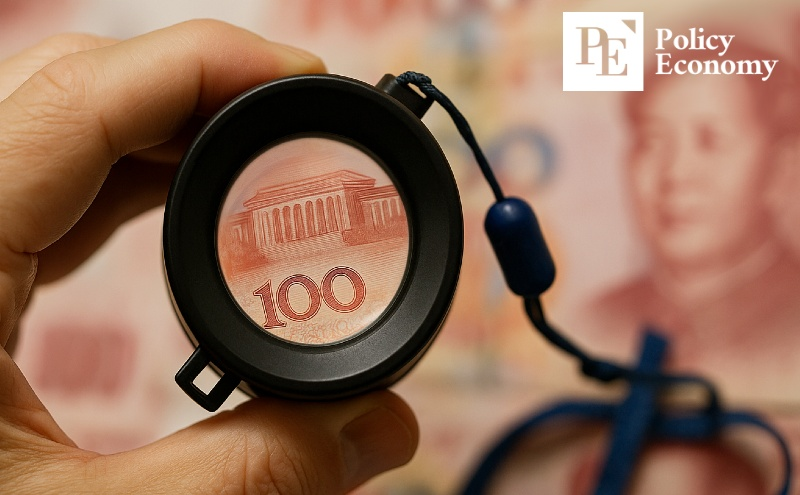
Confidence in “Replacing the Dollar” Meets Market Skepticism
For these reasons, China’s push to internationalize the yuan has struggled to gain momentum. Since officially launching its yuan internationalization plan in 2009, Beijing has expanded its share in global settlements by promoting yuan use in trade with BRICS partners such as Russia and India. It has paired this effort with market reforms, greater issuance of offshore bonds, and participation in the SWIFT payment network. In the 2020s, more countries began issuing yuan-denominated “panda bonds,” and offshore yuan markets grew, laying a stronger foundation for physical circulation.
Still, the most critical prerequisite for internationalization — market trust — remains elusive. The fact that countries like Russia and Iran, which are at odds with the West, are increasingly using the yuan for settlements underscores this point. Analysts note that these choices are driven largely by geopolitical and policy imperatives, not by organic market preference. A larger settlement volume does not automatically translate into greater credibility in the eyes of the global financial community.
Nonetheless, Beijing remains confident that the yuan can be an attractive alternative for nations seeking to diversify trade partners and foreign reserves away from the dollar. Chinese policymakers see this as a pathway to expand offshore financial markets, diversify capital inflows, and increase the yuan’s share of global assets. They also aim to raise the currency’s weighting in the International Monetary Fund’s Special Drawing Rights basket and expand its share in global trade settlements.
But the structural limitations are clear. Opaque exchange rate decisions, limited capital market openness, and regulatory risks all constrain the yuan’s credibility. Unless these barriers are removed, the currency will struggle to match the dollar or euro in stability and predictability, no matter how much its settlement and circulation volumes grow. For now, most analysts believe Beijing’s ambitions for the yuan’s internationalization are likely to remain a distant dream.

